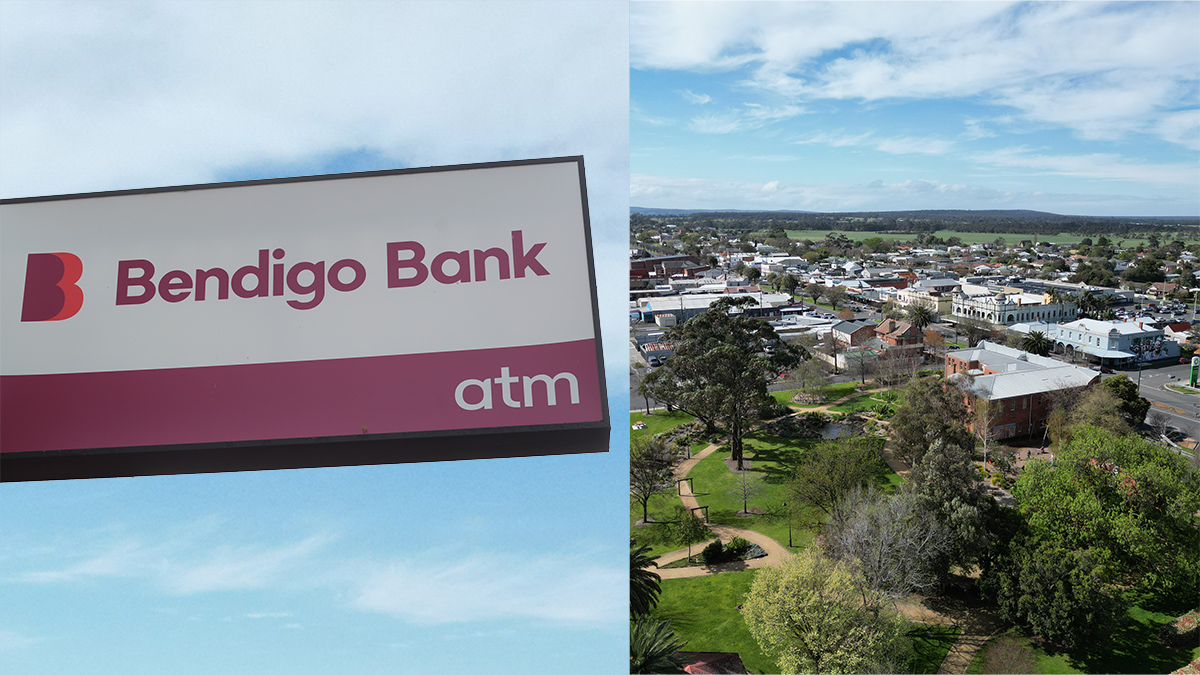Get our independent lab tests, expert reviews and honest advice.
Would you bank with Google, Amazon, Facebook or Apple?

Soon, going into a bank branch to speak to the manager about getting a loan will be as outdated as driving to Blockbuster to rent a VHS cassette.
Banking in Australia will increasingly be digitised over the coming years, as neo-banking looks set to disrupt Australia’s financial industry.
What’s a neo-bank?
Neo-banks are digital-only banks that don’t have physical branches or rely on legacy operating systems; in other words, they’re not just the digital front of a traditional bank.
There are smaller local neo-banks emerging, but the ones that are poised to make the most impact are the big tech behemoths Google, Apple, Facebook, Amazon (GAFA).
But will neo-banking be good for consumers?
The pros of neo-banking
Faster approvals, better customer service
Traditional banks require customers to visit branches during a seven-or eight-hour window during business hours, supply plentiful documentation, fill in long forms and wait days or weeks to have loan or credit card applications processed.
But local fintechs can approve loan applications in a matter of minutes and deposit the funds within 24 hours.
Amazon doesn’t even expect the small businesses using its platform to make an application. Amazon Lending offers selected businesses in several countries pre-approved, short-term loans of between $US1000 and $US750,000.
And time-poor business people don’t even have to remember to make repayments. Amazon simply deducts a set amount from their Seller Account each month until the loan is repaid.
Better deals
It’s likely that neo-banks’ low overheads would mean they can offer attractively priced banking services.
(Unlike the traditional banks, neo-banks aren’t funding thousands of front-line staff and hundreds of bricks-and-mortar branches.)
Tech companies are better at tech
At the risk of stating the obvious, tech companies have an impressive track record of developing equipment, platforms and ecosystems which allow people to do things – like rent a film, buy an album, find information online – efficiently.
Having belatedly recognised the importance of customer service and labour-saving technology, traditional banks have invested in internet banking platforms, banking apps and chatbots, but always seem to be playing catch-up.
The cons of neo-banking
Demanding terms
Neo-banks’ quick and convenient services can come at a high price.
A range of Australian fintechs make it simple for businesses and individuals to access funds rapidly, but they can then charge interest rates of up to 115%.
Amazon Lending reportedly charges reasonable interest rates of six percent to 16%. But it withdraws the set repayment from the borrower’s Seller Account, regardless of whether they’ve had a good or bad month.
Neo-banks’ quick and convenient services can come at a high price
If the money isn’t there, Amazon reserves the right to hold onto the borrower’s inventory and restrict their sales on the Amazon platform until repayment is made.
Also, borrowers are required to use the loan solely to build up or restock the inventory of products they sell on Amazon.
Excessive market and political power
If you want to use Apple Pay, you’ll need an iPhone or Apple Watch. If you’re going to use Facebook’s Messenger Payments, you need to sign up to the Messenger App. If you want to apply for a loan from Amazon Lending, you’ll need to be selling items on Amazon.
Given growing concerns over the economic might and political influence these corporations already possess, governments and people who elect them may wish to consider the potential downsides of letting large tech companies disrupt then potentially dominate national banking systems.
Unknown unknowns
In Australia, the GAFA companies have so far confined themselves to offering payment facilities that either make it easier to buy their products or encourage people to be part of their ecosystem.
There’s little scope for things to go wrong with payment systems and little evidence they have.
Lauren Levin, director of policy and campaigns at Financial Counselling Australia, says, “Financial counsellors are not yet reporting issues with Google Pay, Apple Pay and these new [neo-bank] technologies.”
However, as Levin warns, it could be a different story if the neo-banks start offering more complex products, such as home loans, credit cards, insurance policies or superannuation.
“We’ll have to wait to see what happens,” says Levin. “With frictionless loans the key issue, as with all lending, is that money is lent responsibly and compliant with the responsible lending laws. We might need new legislation to make sure there is a level playing field.”
Having more competition and choice in the banking sector could be a double-edged sword
Drew McRae, policy and advocacy officer at the Financial Rights Legal Centre, says “I’m not aware of people getting into trouble with the GAFA payment facilities. But they certainly have with pay-day lenders, some of whom now allow customers to access money via an app on their phone.
“Consumers tend to seek convenience and speed over security and suitable products with financial services, often to their detriment.
“Having more competition and choice in the banking sector could be a double-edged sword. It will undoubtedly benefit some. But I worry about how more vulnerable and disadvantaged Australians will fare in a world of almost frictionless and instantaneous transactions.”
Is this the end of traditional banking?
Banks have proven resilient since they emerged five centuries ago. Their neo-bank challengers will, or already have, run into a range of issues.
Google tried and failed to get into the vehicle-insurance industry with Google Compare – it was launched in 2012 but discontinued just four years later in 2016.
While many Australians might not like banks, it seems most of us trust them more than we do tech companies
Likewise, when mortgage brokers such as Aussie Home Loans emerged in Australia in the 1990s, they were seen as disruptors. They had an impact, but the most successful ones were eventually incorporated into the big banks.
As we detail below, Australians are certainly open to the idea of neo-banking, but the players may not be willing to overcome the regulatory hurdles, or able to overcome trust issues.
Australians are open to neo-banking
A 2016 Accenture survey found 30% of Australian banking customers surveyed were ‘nomads’. That is, they were “savvy, adventurous and keen to shop around”.
Over three-quarters of nomads were “willing to open an account with Facebook, Google or other online service providers”.
Interestingly, nomads weren’t just younger digital natives – almost half of them were over the age of 35.
A recent Roy Morgan survey shows the banks’ collective customer satisfaction rating hovering around 81%. However, it’s likely those surveyed were rating their bank in comparison to other banks rather than neo-banks. Even then, almost one-fifth of them reported being dissatisfied.
Regulatory hurdles
Tech companies are used to operating in light-touch regulatory environments and making super profits while paying minimal tax.
In Australia, banks are heavily regulated and pay a lot of tax. Sure, the big four are tremendously profitable, but their profits are dwarfed by those of the top-tier tech companies – thanks to their earnings from selling, for example, smartphones, online advertising or, in the future, self-driving vehicles.
Given these other money-making opportunities, tech companies may not have a compelling commercial reason to disrupt the banking industry.
Trust issues
Even if some customers aren’t entirely happy with the service offered by their bank, it doesn’t mean they’d be comfortable with having their monthly salary deposited in an account that’s overseen by Google.
Or that they’d trust Facebook with comprehensive data about their income and purchases.
While many Australians might not like banks, it seems most of us trust them more than we do tech companies and even government agencies to safeguard our money and personal data.





